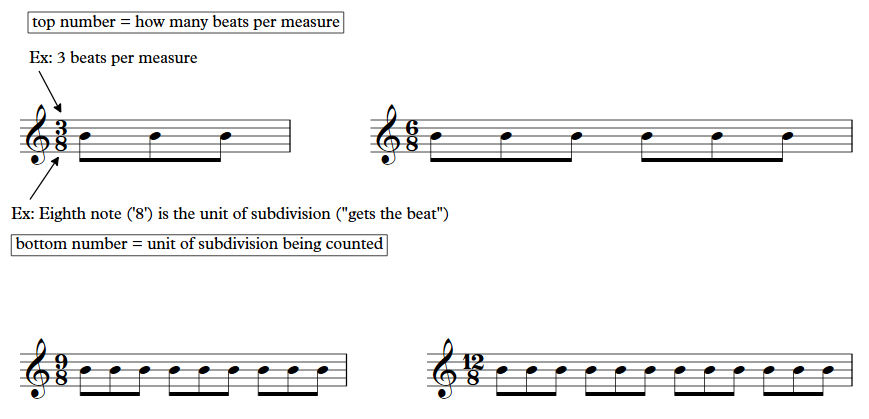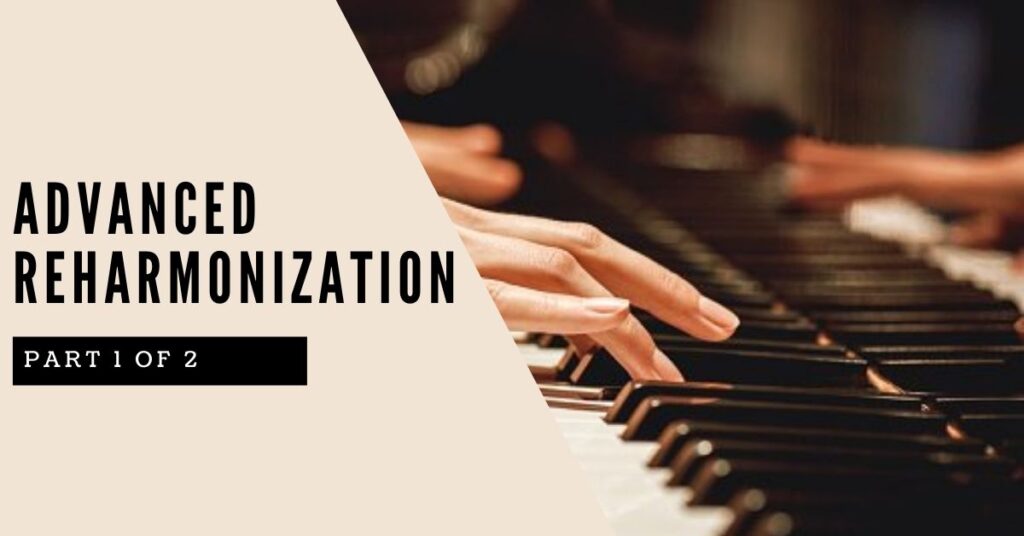Understanding meter in music might seem like a fairly simple concept. When discussing meter we usually discuss the time signature, which indicates how many beats will occur in each measure and which subdivision will be counted as the underlying beat. These concepts seem quite simple when looking at examples such as 2/4, 3/4, and 4/4 time signatures. After all, these are some of the most commonly encountered time signatures in music. But what about some of the more complex examples of meter in music? How are they counted? Making sense of some of the less frequently encountered meters (i.e., time signatures) can help make us better sight-readers and better overall musicians.
Understanding Meter: The Common Time Signatures
Rather than get into a discussion of duple, triple, quadruple, and compound time signatures, etc. – as many music theory textbooks do – we will instead break down some of the time signatures that you are likely to encounter. We’ll start here with 2/4, 3/4, and 4/4 time signatures and provide a brief review.
In 2/4, 3/4, and 4/4 time signatures, the top number refers to the number of beats that will be present in each measure. The bottom number refers to the subdivision that is being counted. Since the number “4” appears on the bottom of each of these examples, this indicates that the quarter note is the unit of subdivision that is being counted.

Notice the last example in the image above. The letter “C” appears where the time signature is normally written. This “C” stands for “common time” and is a shorthand or abbreviation for the 4/4 time signature (since 4/4 is such a commonly used time signature).
If you’ve ever played or listened to a waltz (a dance) then you’ve probably seen or heard the 3/4 time signature. Many marches are set to a 2/4 time signature (think of the rhythm of your feet when you march, as in “1, 2, 1, 2” or “left, right, left, right”).
Understanding Meter: 8th Note Subdivisions
Next we will take a look at 3/8, 6/8, 9/8, and 12/8 time signatures. Again, the top number indicates how many beats can be found in each measure. When the ‘8’ is the bottom number, this refers to the 8th-note. This means that the 8th-note is the subdivision that is being counted. Another way to read these time signatures is to say that there are “three 8th-notes per measure (3/8)” or “six 8th-notes per measure (6/8).”

Notice that in the four time signatures above the 8th-notes are written in groupings of 3. Let’s look at the 6/8 example: these six 8th-notes are generally counted in one of two ways. The first way counts all six 8th notes: “1, 2, 3, 4, 5, 6.” The second way counts the two larger beats, which are divided into three parts: “One-and-ah, Two-and-ah.”

Understanding Meter: Odd Meter
The term “odd meter” refers to meters that are counted by a combination of 2s and 3s. For example, 5/4 and 7/4 are common examples of odd meter time signatures. In 5/4 or 5/8 time, the measure is usually broken into a 3+2 count (or 2+3). For 7/4 or 7/8 time, the measure is usually broken into a 3+4 or 4+3 count.


